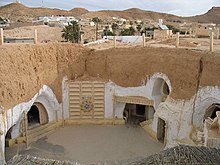This spring we broke ground on an exciting new community food forest here in Detroit, MI. We had certain limitations and time constraints that forced much of the establishment in a less than ideal manor. The site is about 3 acres and will eventually have over 100 trees on the edge of a mostly healthy floodplain forest that's part of a 300 acre park, which is part of a much larger wildlife corridor that extends for miles more or less undeveloped. The slope is gentle but we planted the trees on contour. The design involves a 125 meter swale through the center, which was not dug at planting time due to a wedding happening on the same site in the spring. The trees were purchased with a grant with a quick deadline to be spent, and were mostly small, bare root and had to be planted within a week of arrival. We made mulch circles around each tree and put each in tree tubes.
Ideally we wouldn't plant trees, but plant an ecosystem...but that didn't happen. The area is much too large to sheet mulch. Chickens and other animals aren't an option because this is a permies, exposed site. I'm wondering the best way to plant the groundcovers and other layers in the midst of very competitive grasses. We've considered Martin Crawford's technique of killing the grasses with fabric (solarizing). Weve consider extending the mulch circles each year around each tree until the cirlces connect and the grass is supressed. And we've considered tilling and planting buckwheat or other fast growing, alleopathic cover crop that could be mowed down or winter killed as mulch. Looking for any other advice on getting this established. Some of the most difficult vectors/considerations include heavy deer pressure, theft and vandalism by bored neighborhood kids, lack of financial resources for established groundcovers (though we can afford covercrop/green manure seed). We also have access to a lot of volunteers for labor. Thanks!
Ps im one of rhamis' students from his first course.


